Here are some of the most commonly used aquatic plants in aquascaping.
1. Riccia Fluitans: This is a floating plant. Used generally as foreground plant in aquascaping by tying it on a stone or driftwood. The real beauty of this plant can be seen when there is an abundant source of light and lots of dissolved CO2 in the water. It produces a lot of oxygen which can cause pearling. You can have a moss ball effect when tied on a stone.

2. Anubias Nana: This plant is very hardy. It requires a small amount light and very little care. Very good plant for beginners. The only drawback is it grows very slow. Only one leaf per month. With or without CO2, nothing changes. Another problem if you boost the light, it will just get algae. 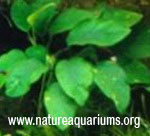 3. Java Moss (Vesicularia dubyana and other mosses: This plant is hardy and requires a small amount of light. It doesn’t require CO2 and is highly recommended for breeding tanks. Used by the fries as a hiding place and breeding fish loves to lay their eggs in the moss. You can tie this on drift woods to create a jungle effect.
3. Java Moss (Vesicularia dubyana and other mosses: This plant is hardy and requires a small amount of light. It doesn’t require CO2 and is highly recommended for breeding tanks. Used by the fries as a hiding place and breeding fish loves to lay their eggs in the moss. You can tie this on drift woods to create a jungle effect.
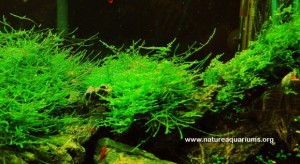
4. Java Fern (Microsorum pteropus): Another very hardy plant. Requires low light and does not require CO2. The only drawback on this plant is it is slow growing. This plant is usually tied on a drift wood. The rhizomes will attach itself to the driftwood to grow. Do not bury the rhizomes in the substrate otherwise it will rot.

5. HC (Hemianthus callitrichoides): This plant is a bit demanding in terms of light and CO2. Usually used in the foreground of an aquascape. Planting HC requires tweezer. It is very hard to plant this using your fingers. Leaves are smaller than glosso.
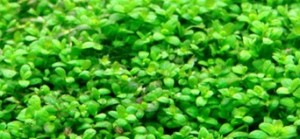
6. Glossostigma elatinoides: This plant requires a lot of light and CO2 to grow fast and cover the foreground. In low light conditions, it will grow taller instead of covering the ground. Occasional trimming is required on this plant so the bottom part will not rot.
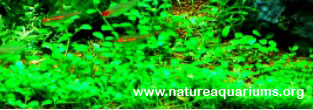
7. Hemianthus micranthemoides: Usually used in the middle or as a background plant. With the right amount of light and right amount of CO2, you will have to trim this plant every 2 weeks. A very good plant in controlling the nutrients because it is a fast grower.
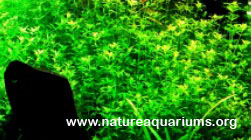
8. Dwarf Hairgrass (Elocharis acicularis): One of the most sought plant in the aquascaping. This can give very nice effects in iwagumi and other aquascaping style. This is usually used as a foreground plant.
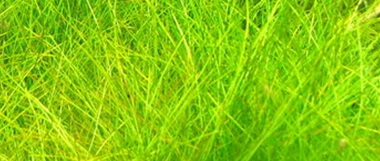
9. Ludwigia Arcuata: This plant is usually used as a background plant. With a good amount of light and CO2, the leaves can turn to red and can give a good depth effect in the aquarium. This is also a fast grower and will require regular trimming.
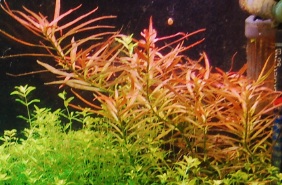
10. Microsword: This plant can take time before it can adapt to a submerge condition. Once adapted, it will grow everywhere. If arranged properly, it can have the same effects as the blyxa japonica.
Aquatic mosses like Weeping moss, Java moss, Peacock moss and Stringy moss, Fissidens fontanus, Riccia sp. Dwarf, Bucephalandra sp., Hemianthus callitrichoides Cuba, Eleocharis sp.mini.; these are some of the most popular aquatic plants used in aquascaping. So you should start with them. Go to your local pet store or aquascaping shop and buy them. At this stage don’t think about any aquascaping ideas, just plant them in your aquarium and study them.